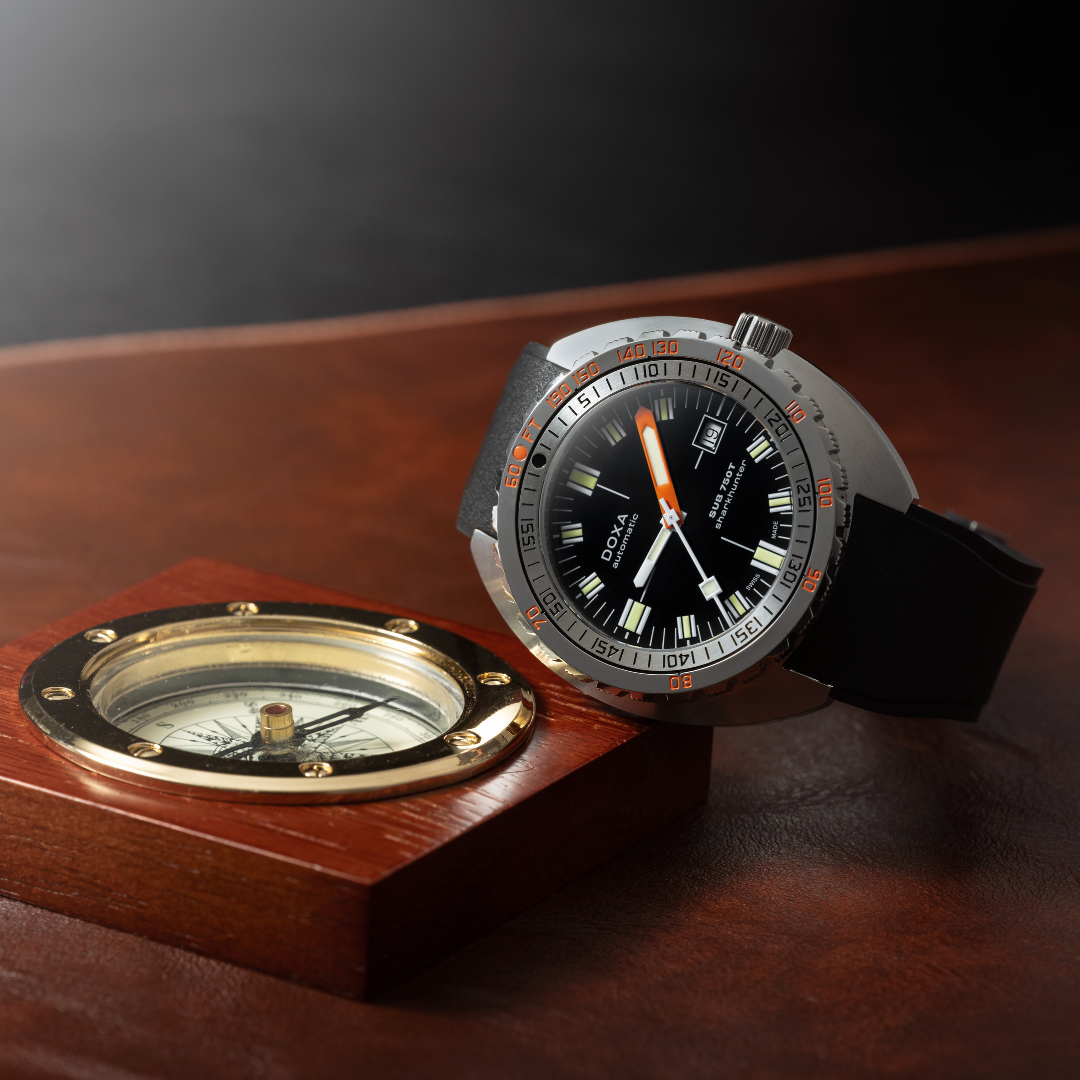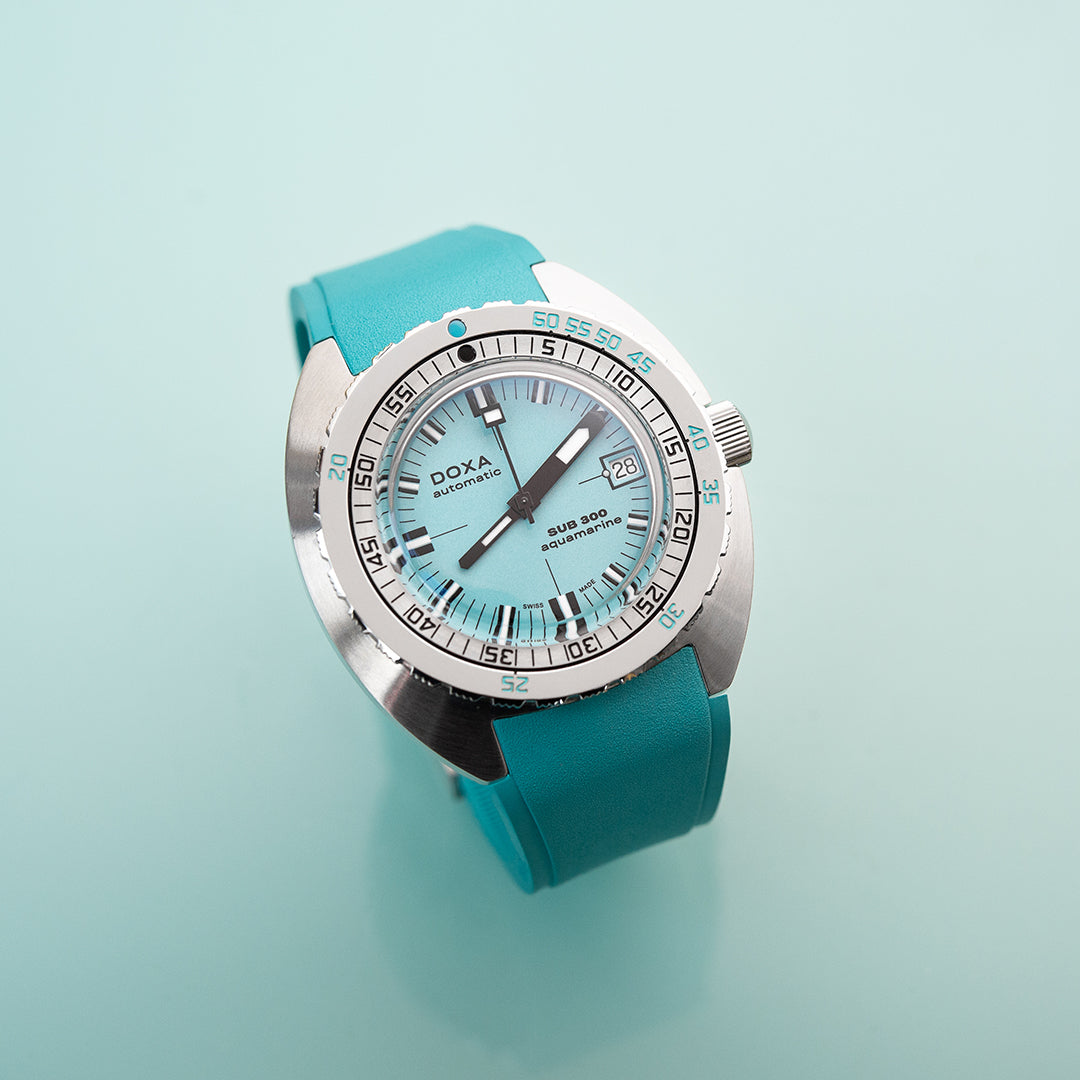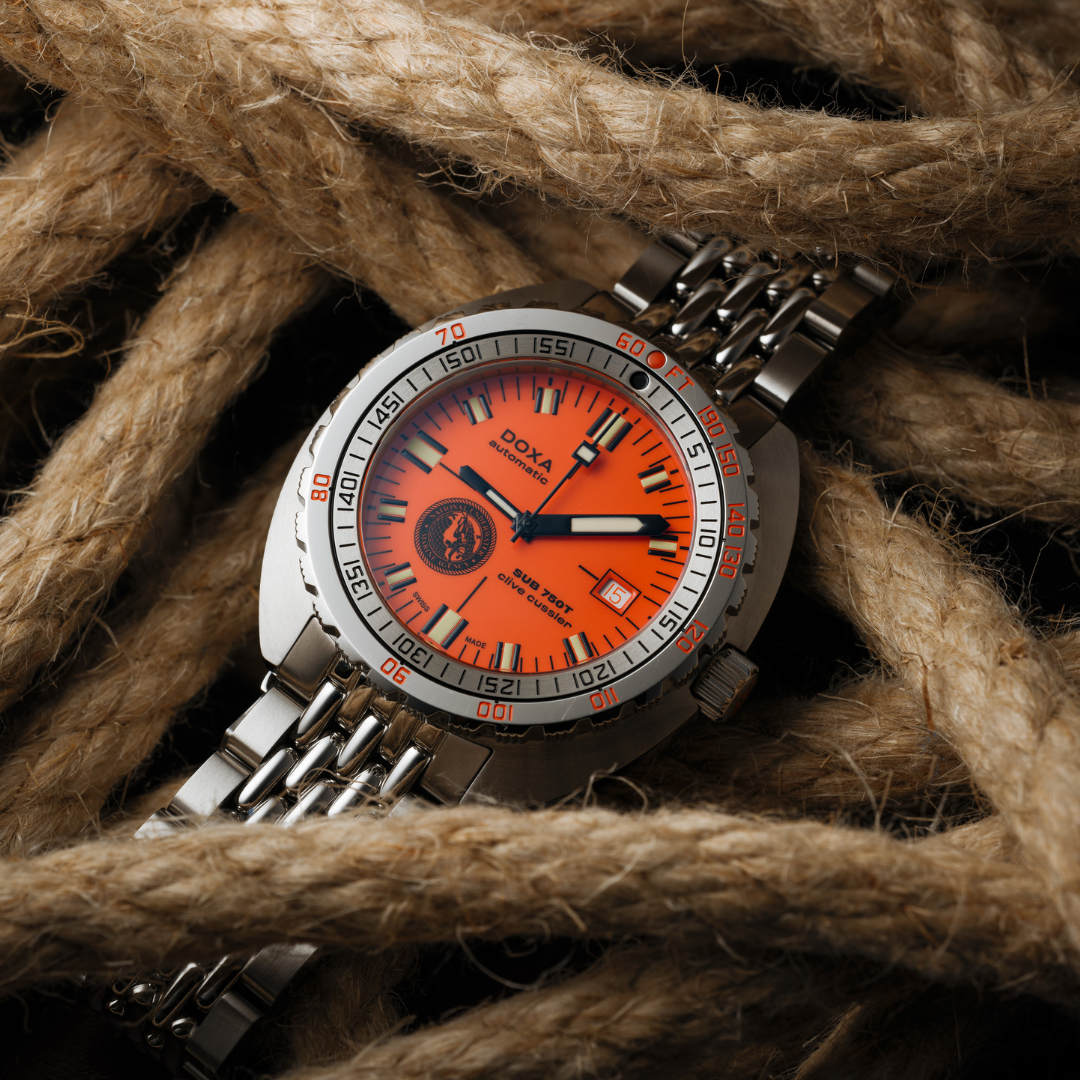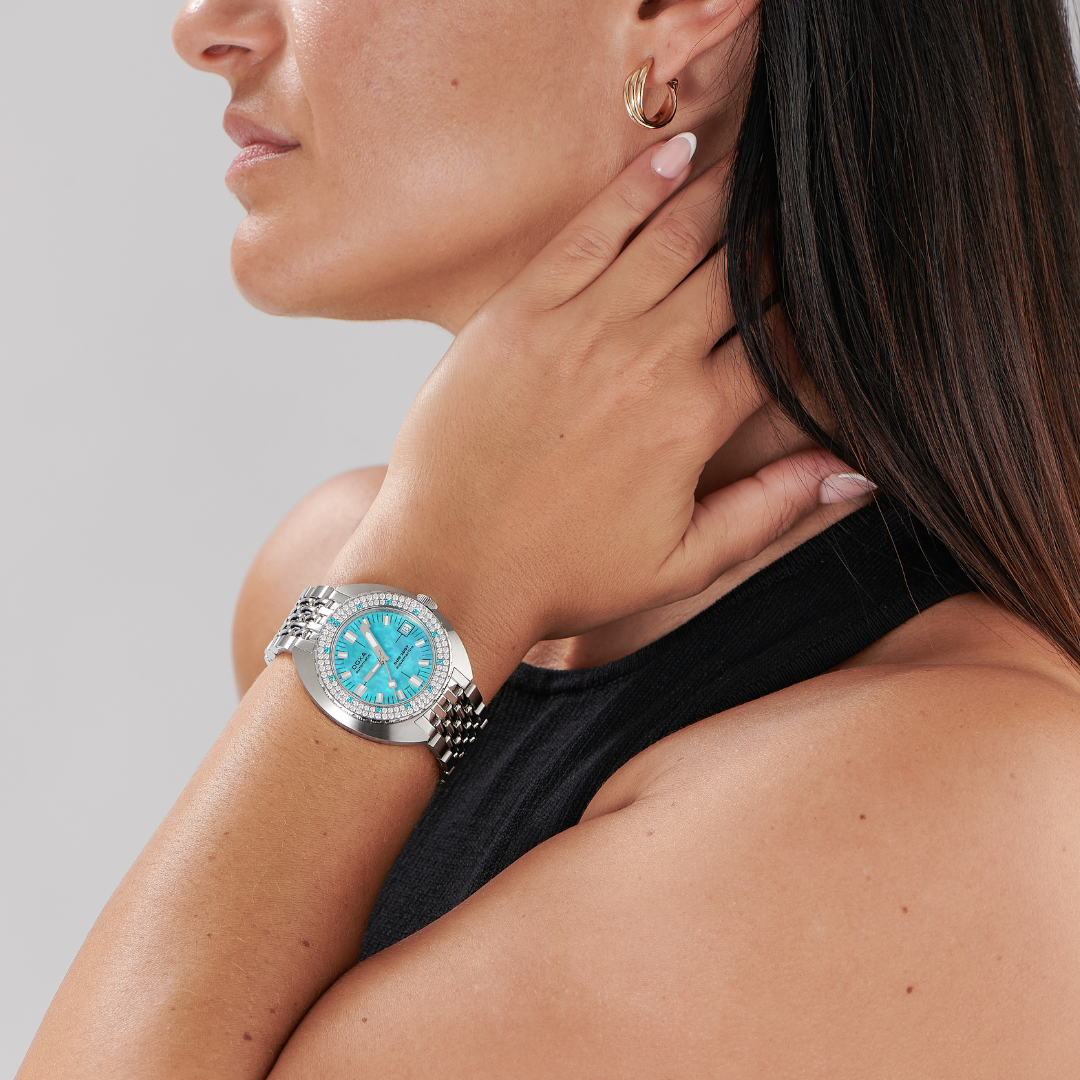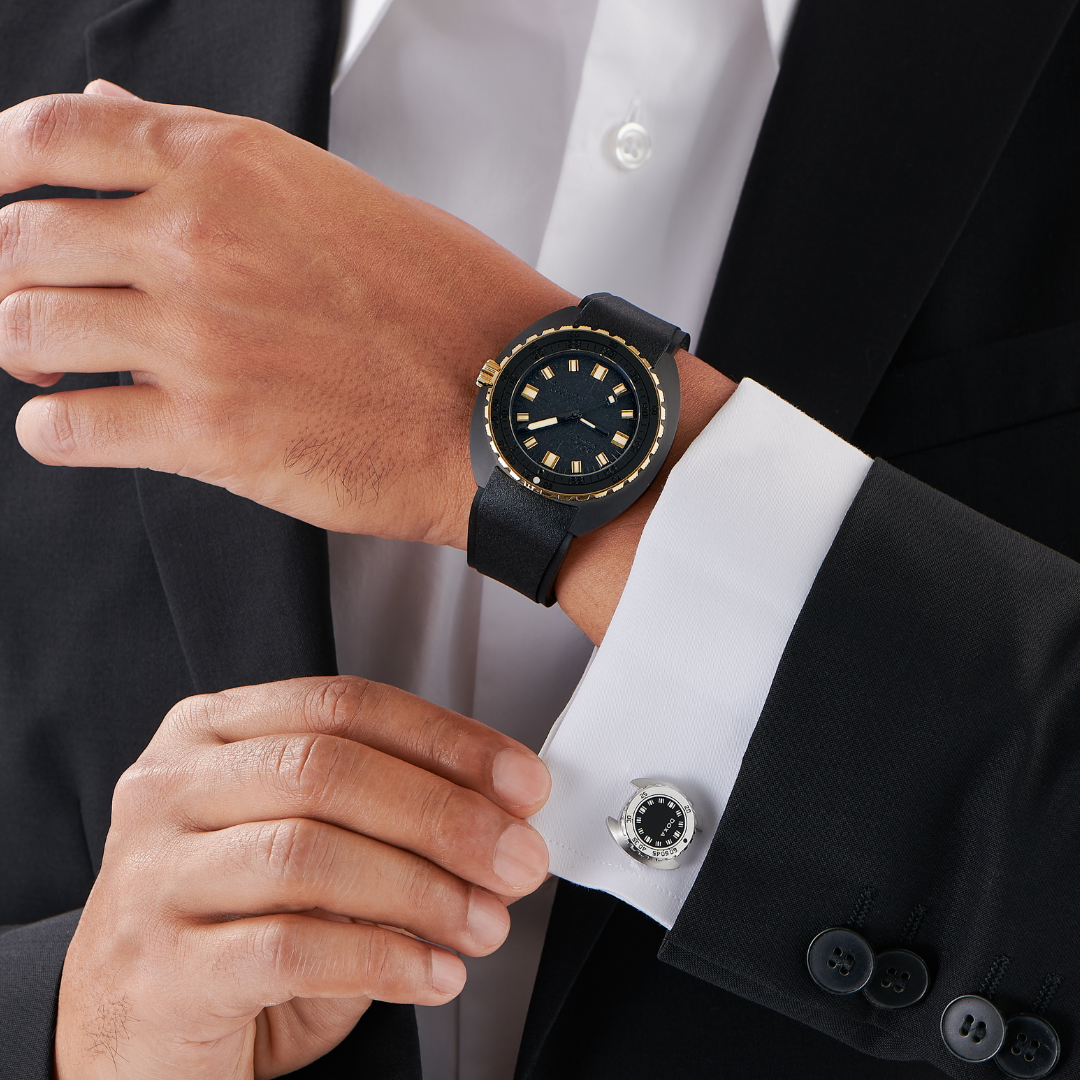History
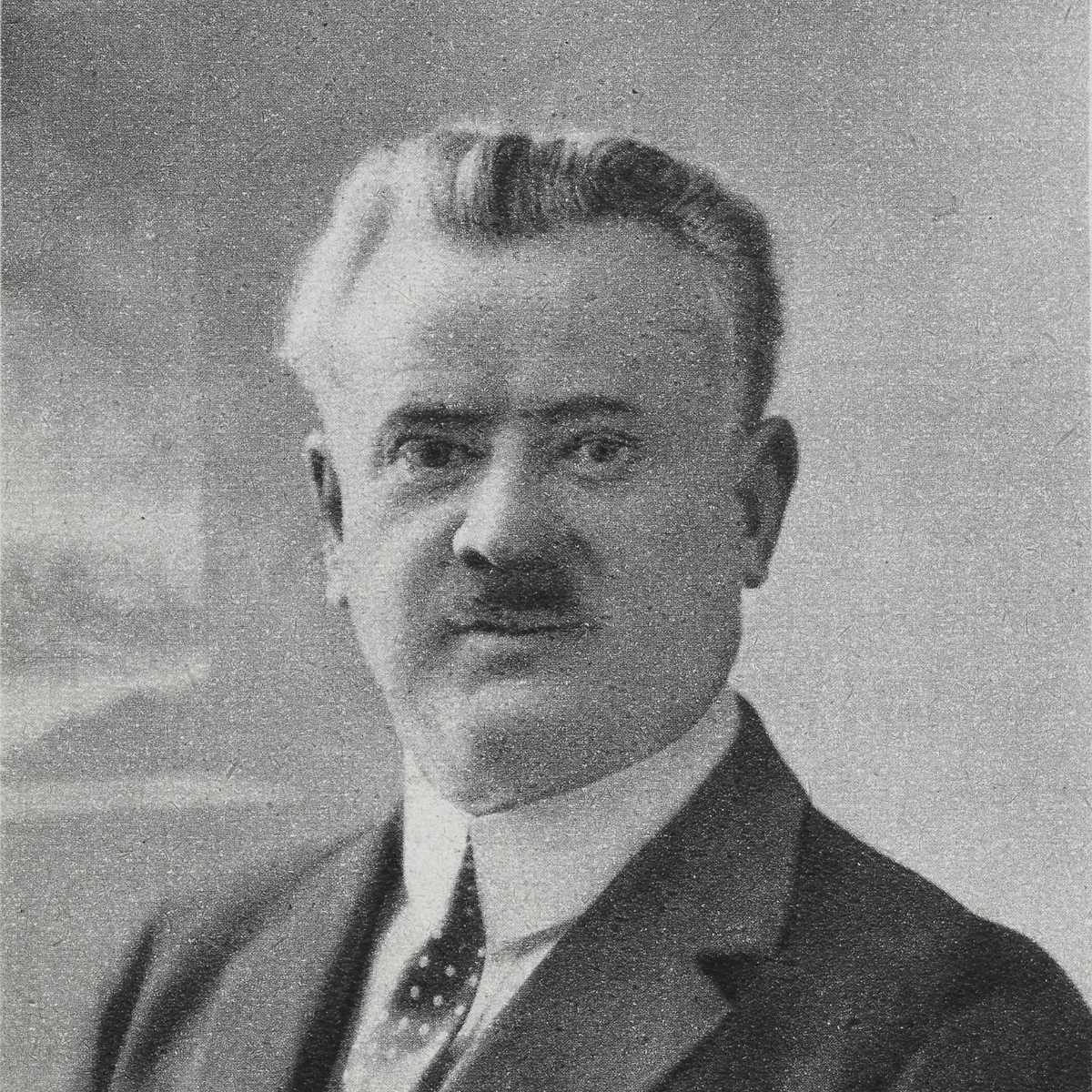
In the cradle of Swiss watchmaking
Our journey starts in the small town of Le Locle, deep in Switzerland’s cradle of Swiss watchmaking: the Jura Mountains. Georges Ducommun was one of 13 children and only twelve years old when he began his apprenticeship with an established watchmaker in 1880. As the family was not well off, Georges had to contribute his share to the family income. Georges´ temperament for hard work and discipline combined with a passion for mechanical precision and beauty meant timepieces passed through increasingly skilled and expert hands.
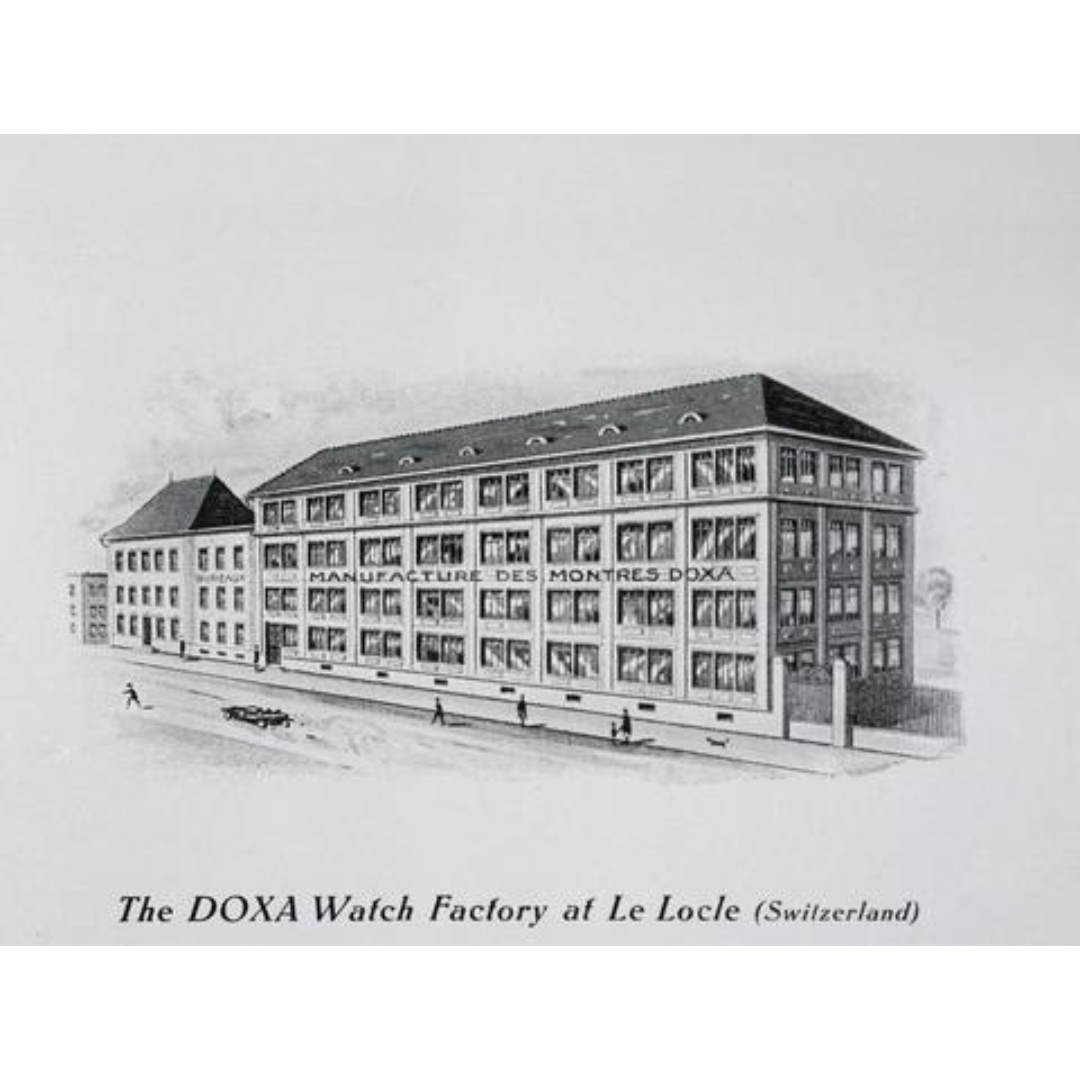
1889
The adventure begins…
Georges had built a solid reputation for ingenuity, attention to detail, quick service and customer orientation - even walking twenty-odd kilometers to deliver a watch. But he was never satisfied. As he brought each tiny component and movement to life, Georges imagined how he could tweak it to make an even better watch. Georges soon realized it was time to step out of his comfort zone and opened his own business, “Georges Ducommun, Fabriques DOXA” at the age of 21.
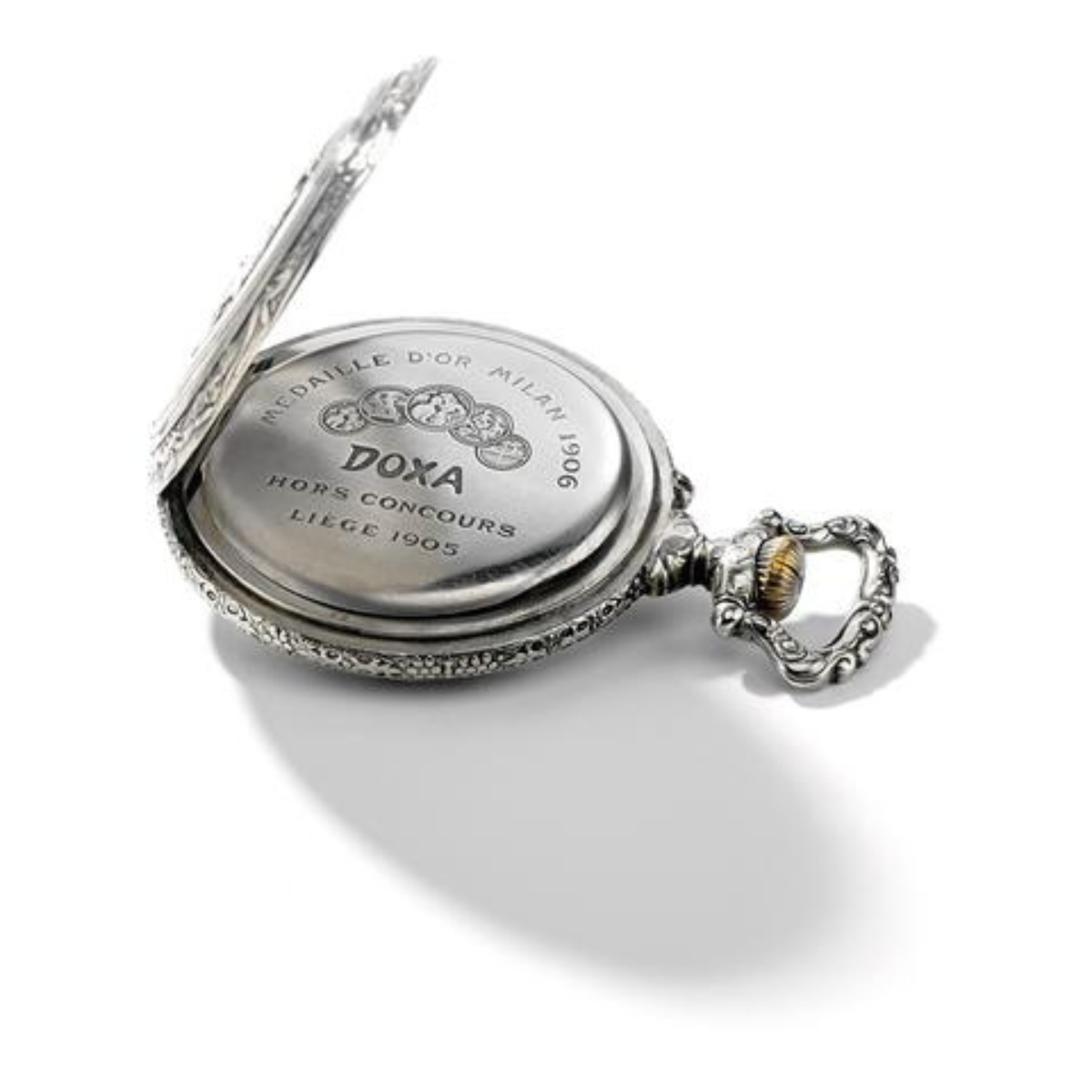
A new name for Quality, Value…
“DOXA” is the Greek word for glory. Over time it has also come to signify the splendor of timepieces with a reputation for value, quality and exceptional workmanship. Georges' unique craftsmanship was recognized beyond the Jura region, Neuchatel and Switzerland as having reached this barometer. His pocket watch was honored at the “Exposition Universelle et Internationale,” at the World’s Fair held in Liège, Belgium in 1905 and in 1906 Georges’ anti-magnetic DOXA won the gold medal at the World’s Fair in Milan, Italy.
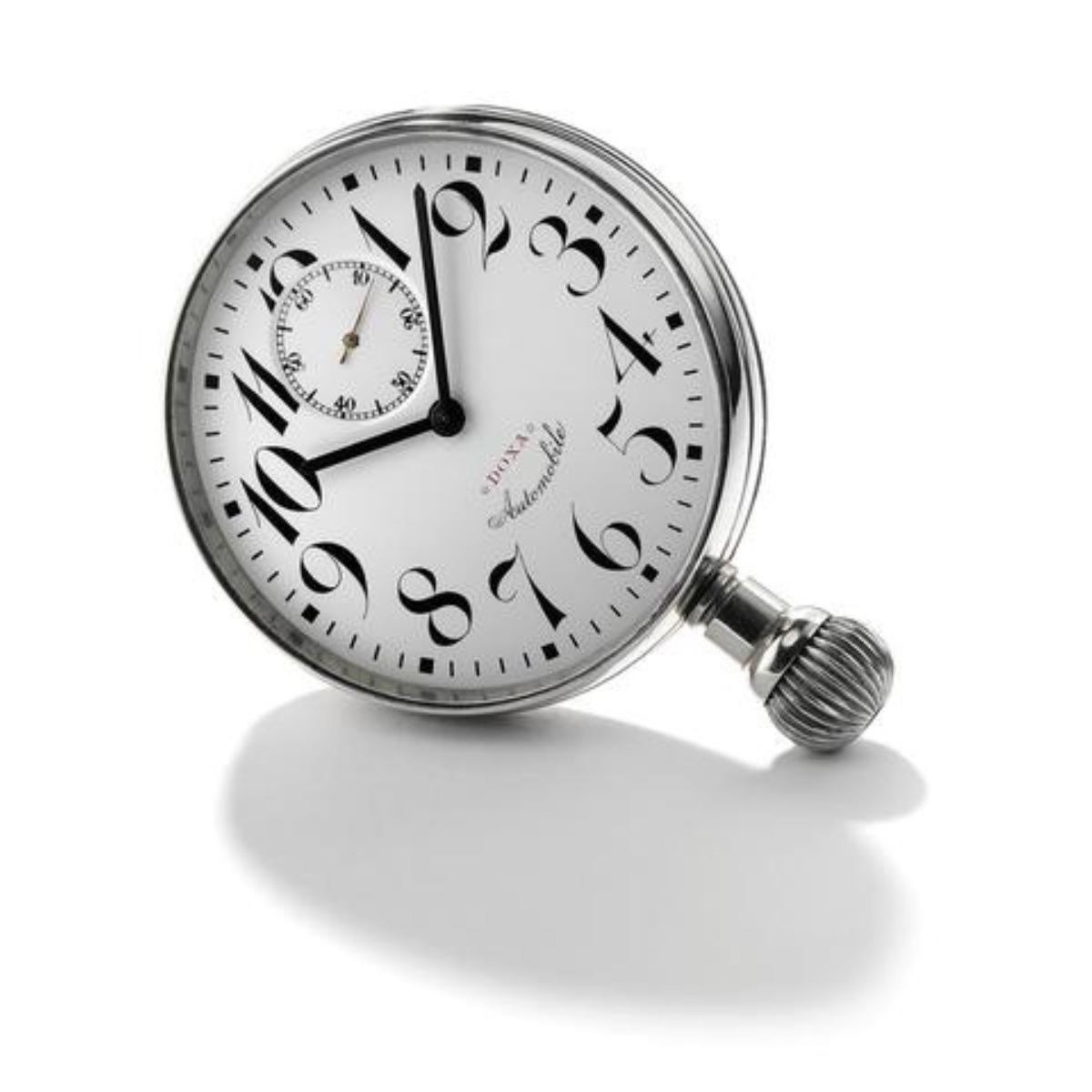
…and Innovation
Georges’ ingenuity and knack for optimization timed perfectly to solve a problem thrown up by the automobile revolution in the early years of the 20th Century. Endurance races were all the rage and they needed a robust and reliable dashboard-mounted clock with an adequate power reserve. Georges filed a patent in 1907 for the “8-Day DOXA Caliber” which became standard equipment on Bugatti’s racing cars – and an industry standard. Instrument panels in other automotive brands promptly featured a DOXA, with ships and airplanes following soon afterwards.
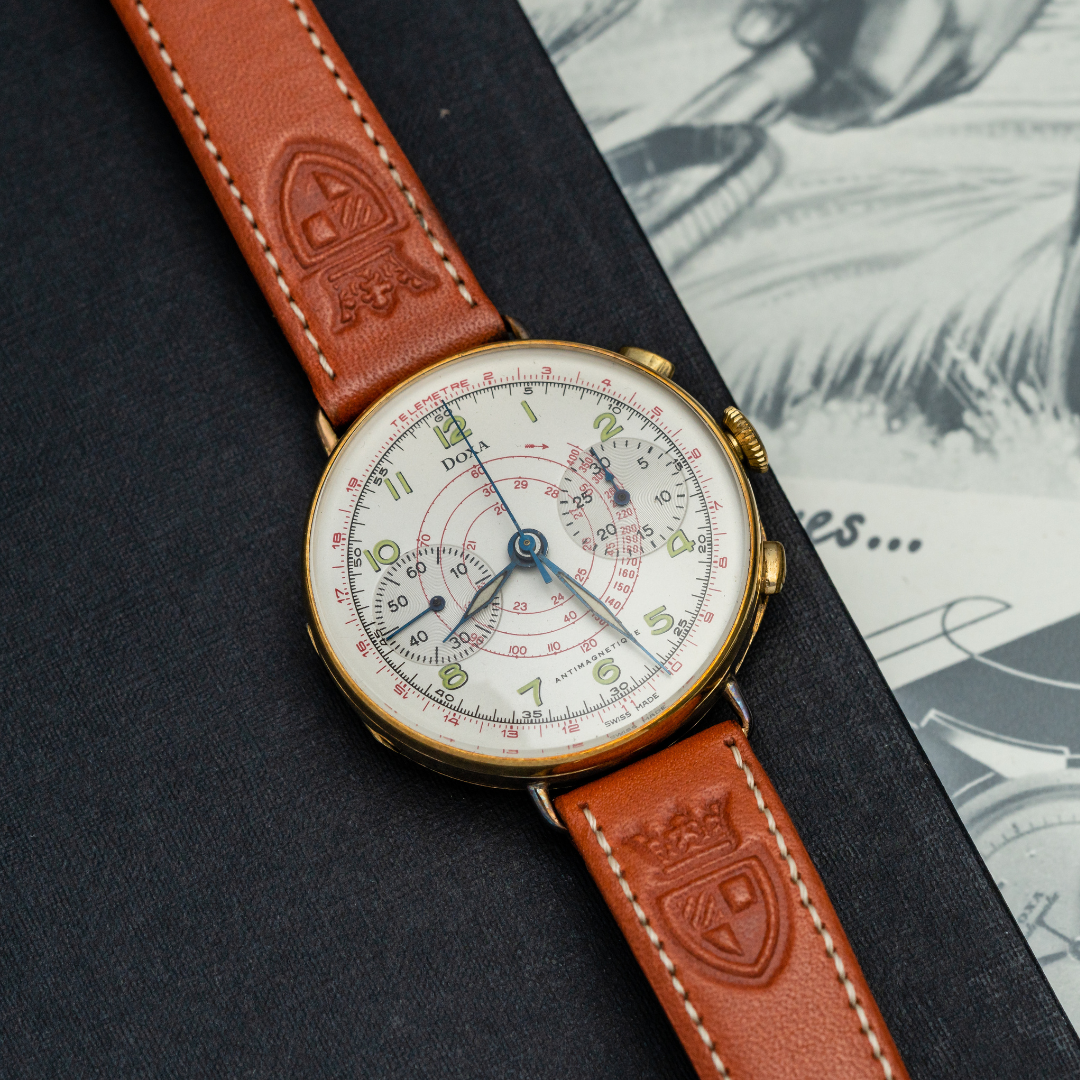
1936
A reputation for durability and precision
Georges was driven to innovate to achieve immutable durability and split-second precision. When Geroges passed away in 1936, his son-in-law Jacques Nardin (grandson of Ulysse Nardin, founder of the renowned eponymous brand), took the helm and continued the journey. While the focus remained on travel and sport timepieces, DOXA continued to develop watches for all types of customers. Innovations included alarms, ring-watches and technical advances such as a date-pointer and a jumping second hand.
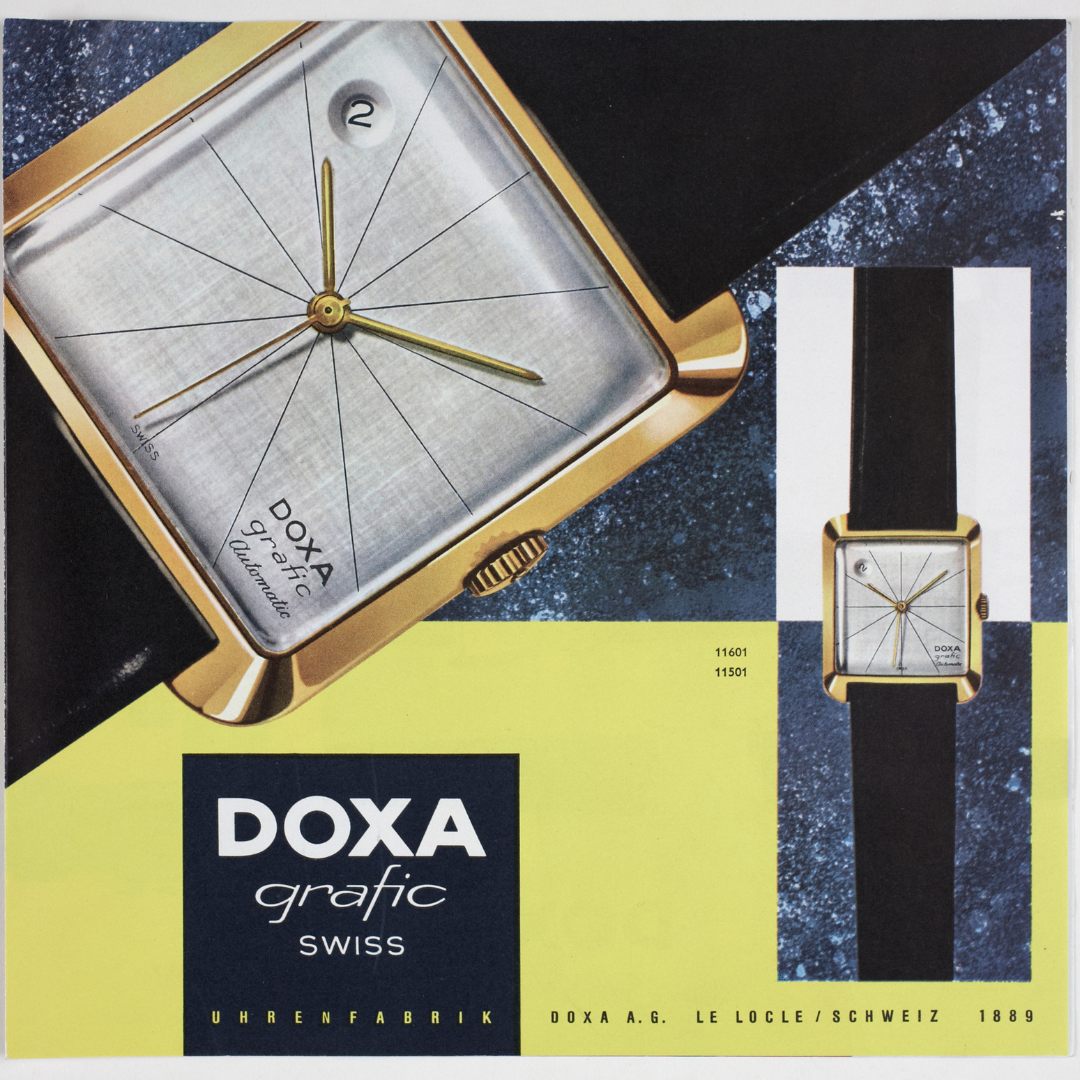
1957
Timelessness comes from purity of purpose
DOXA’s aesthetic credentials were cemented by an instant classic in 1957: a minimalist, Bauhaus-inspired “Grafic” dress watch collection. Ten years later, a purpose-designed, professional-grade SUB dive watch - the first accessible to the growing community of sports divers - sealed technical credentials. The SUB was developed with diving-legend Jacques-Yves Cousteau and introduced radical innovations that made it the benchmark for military and professional divers, even to this day.
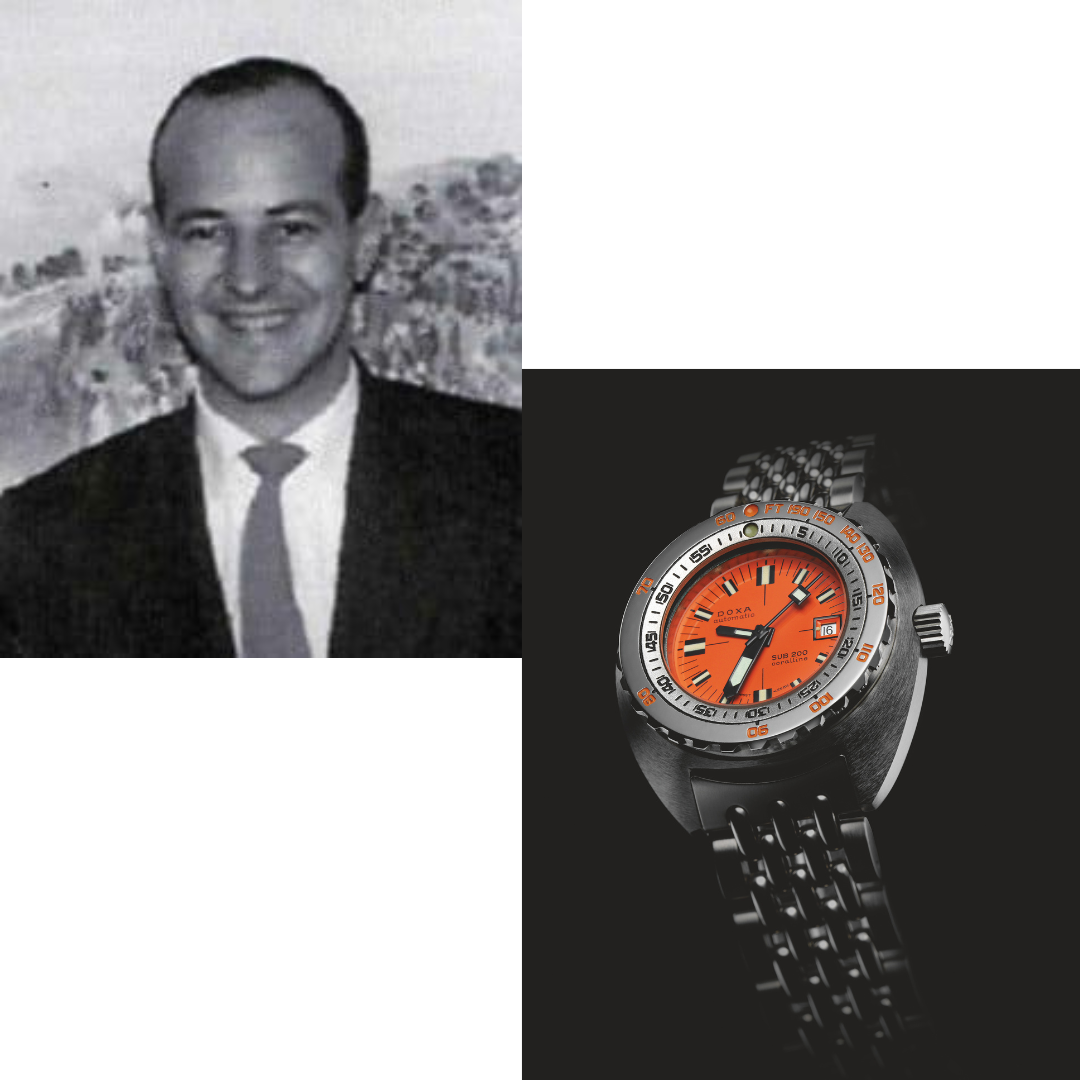
1964
Bright Orange: The Birth of DOXA's Iconic Dial
In the early 60s, as the world focused on space, DOXA’s Urs Eschle turned to the deep sea. Partnering with diving legend Claude Wesly, his team tested underwater light visibility in Lake Neuchâtel. The result? Bright orange proved ideal for divers.

1967
The SUB 300: A Milestone in Diver's Watch History
The SUB 300 debuts at Baselworld, the first professional-grade diver's watch for the public, featuring a patented rotating bezel and an iconic orange dial. DOXA partnered with the legendary oceanographer and diver Jacques-Yves Cousteau to develop the SUB 300. Known for his role in co-inventing the Aqua-Lung. This collaboration firmly established DOXA's reputation in the diving world.
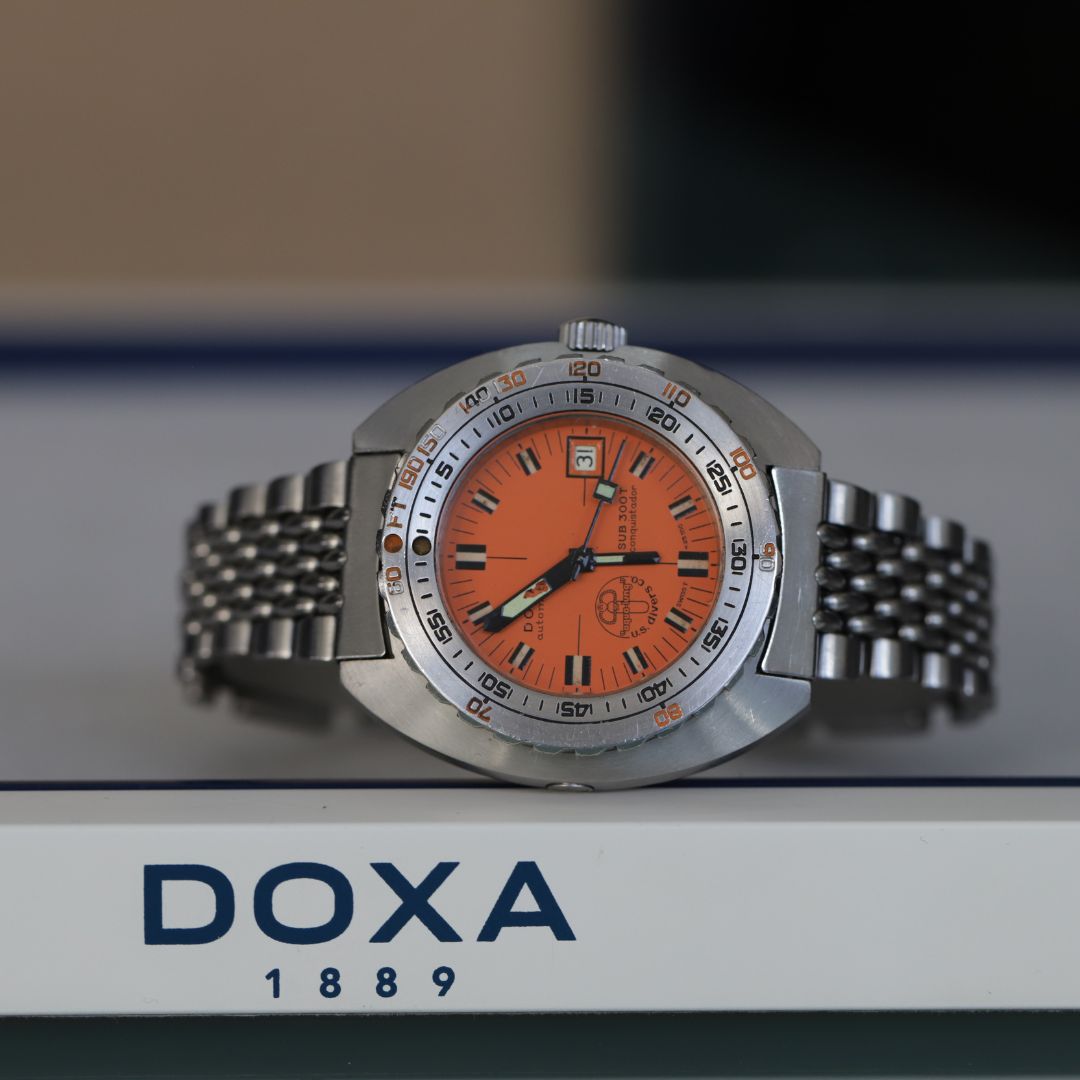
1968
The SUB 300T Conquistador: A Pioneer in Deep Diving Safety
The SUB 300T Conquistador was introduced in 1968 as one of the first dive watches equipped with a helium escape valve. Designed for professional saturation divers, this watch offered unprecedented safety during deep decompression dives. Its bright orange dial and robust construction quickly made it a favorite among divers.
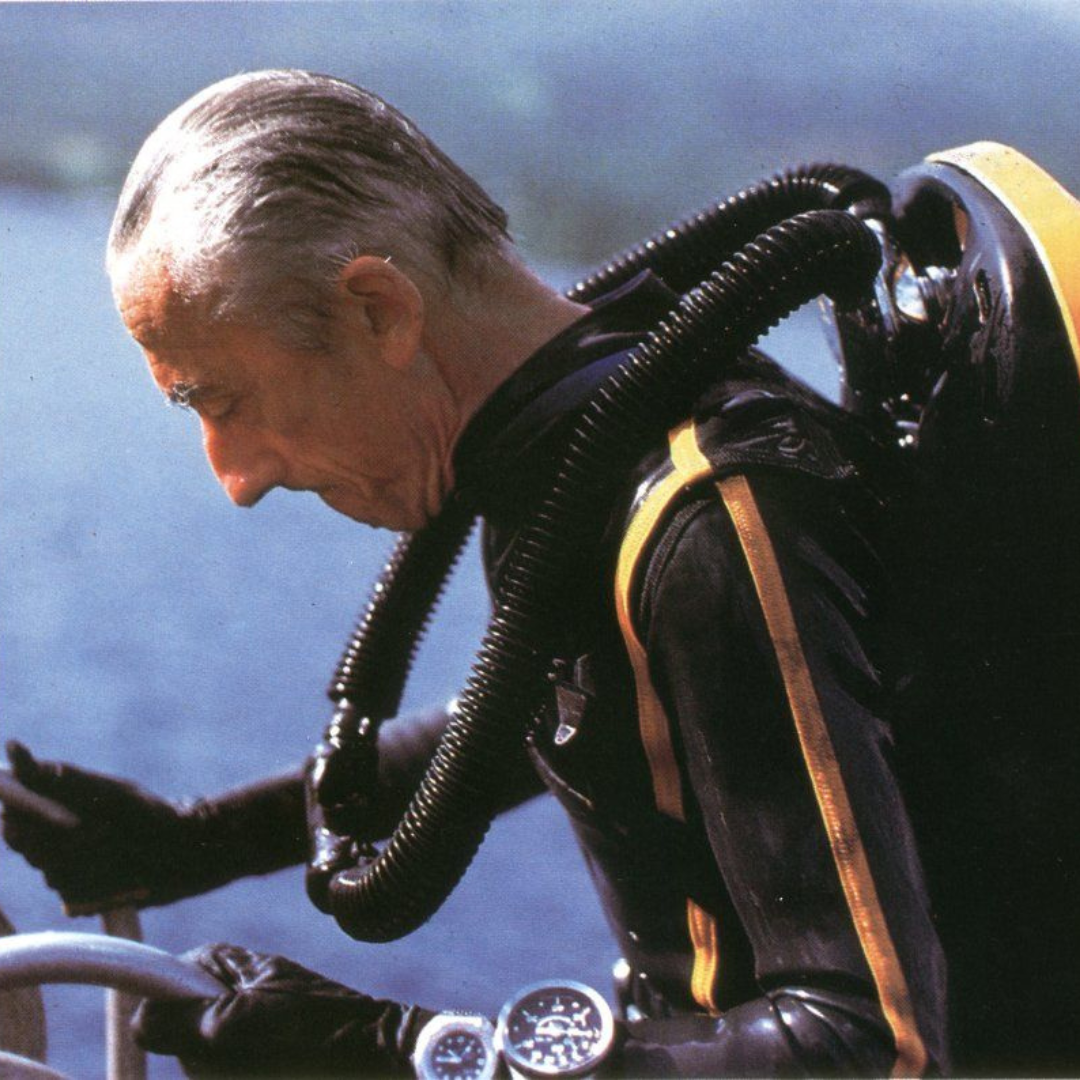
1968
Jacques-Yves Cousteau and DOXA: A Revolutionary Partnership
Jacques-Yves Cousteau, co-inventor of the Aqua Lung underwater breathing apparatus and originator of modern-day scuba diving, likes the DOXA SUB concept so much that he negotiates an exclusive distributorship for his US-based company, US Divers. DOXA diving watches retailed by US Divers in the Americas feature the Aqua Lung logo printed on their dials, characterized by the twin-hose SCUBA tank design which Cousteau and fellow Frenchman Émile Gagnan developed and patented in 1942.

1969
Military Precision: DOXA’s Role in Swiss Army Diving Corps
In 1966, the Swiss Army began forming an elite corps of military divers, equipping them with the DOXA SUB 300T Professional after rigorous testing. From 1968 to 1975, approximately 150 watches were issued, each engraved with a serial number matching the diver’s gear. In 1968, DOXA also launched the "Army" watch, designed for military divers, featuring a black case, black bezel, and sand-beige dial for exceptional underwater readability.

1973
Dirk Pitt and DOXA: From Fiction to Iconic Legacy
In 1973, novelist Clive Cussler introduced his iconic character Dirk Pitt, who wore an orange SUB 300T. This association brought the watch into popular culture and cemented its image as the ultimate companion for underwater adventure.

1997
A new Era
The advent of quartz technology marked a turbulent time for the Swiss watchmaking industry. One of many challenges DOXA and other great brands had to come to grips with. A new era began when the Jenny family acquired DOXA in 1997, merging an enduring appeal of iconic collections with a family active in watchmaking for four generations. The headquarters were transferred to Biel/Bienne, Switzerland.

2019
The adventure continues…
In 2019, Romeo F. Jenny was appointed as President of the Board of Directors of Walca Group and Jan Edöcs, Board Member of the Walca Group and CEO of DOXA Watches.
Our adventure continues today, more than 130 years after it began.
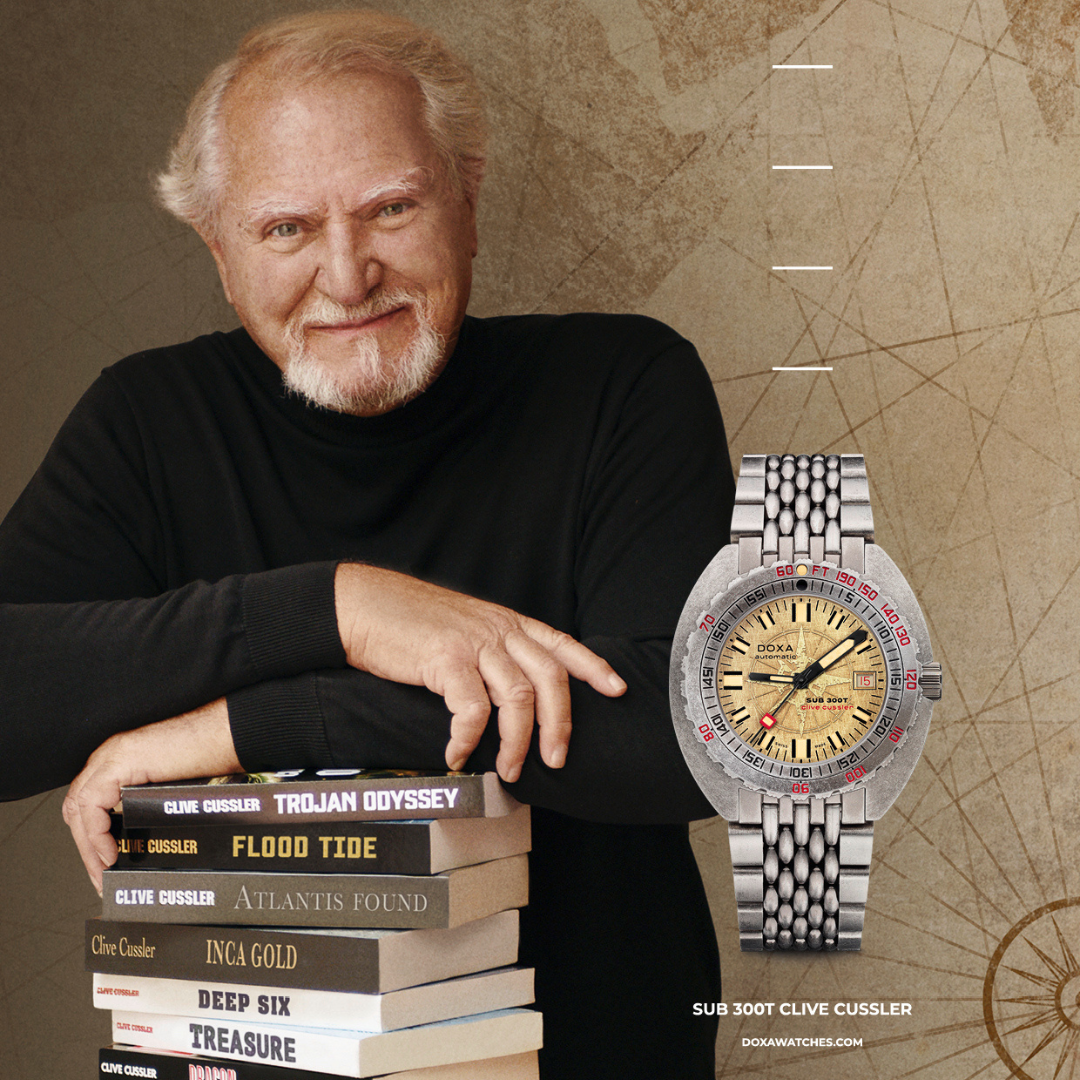
2023
Introduction of the SUB 300T Clive Cussler
The SUB 300T Clive Cussler watch is a unique timepiece that embodies the adventurous spirit of Clive Cussler's novels. It has a handmade dial that resembles a vintage compass and an aged steel appearance. The watch is engraved with its own unique number on the bezel and commemorates the author's birthday with the dates 7, 15, and 31 displayed in red on the date disc. It represents the fearless spirit of exploration and the enduring spirit of adventure.

